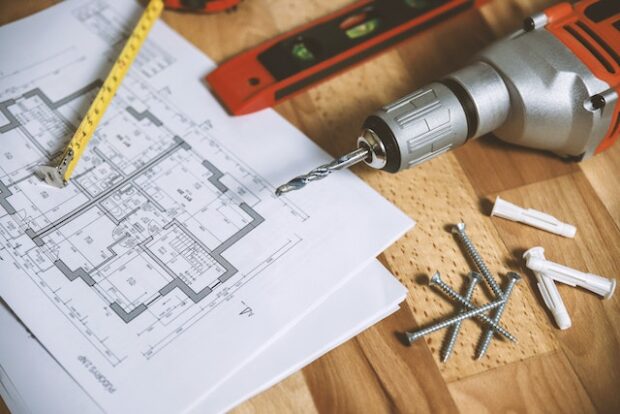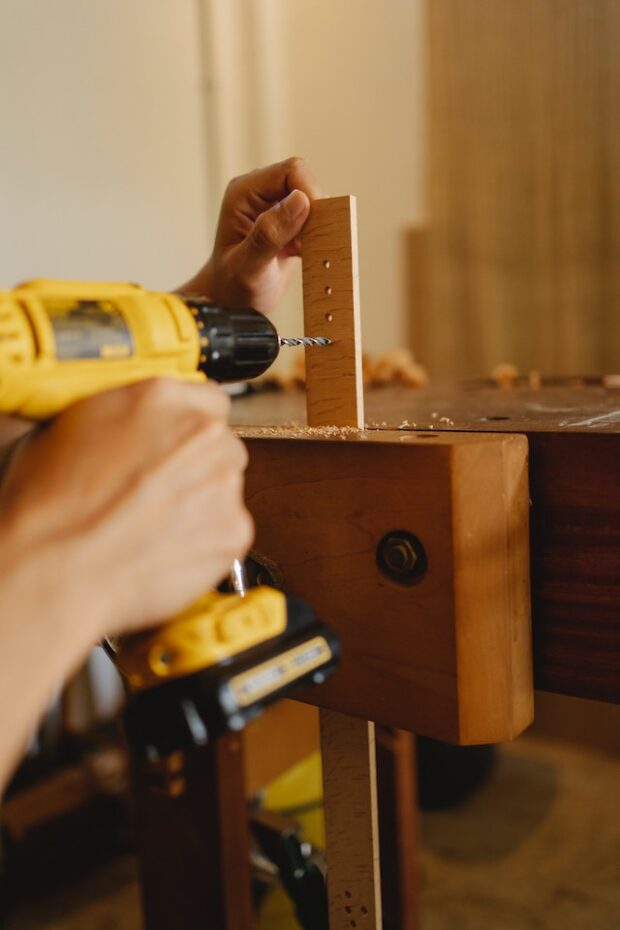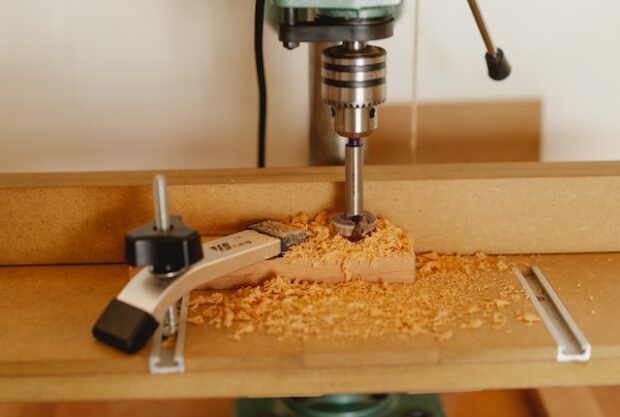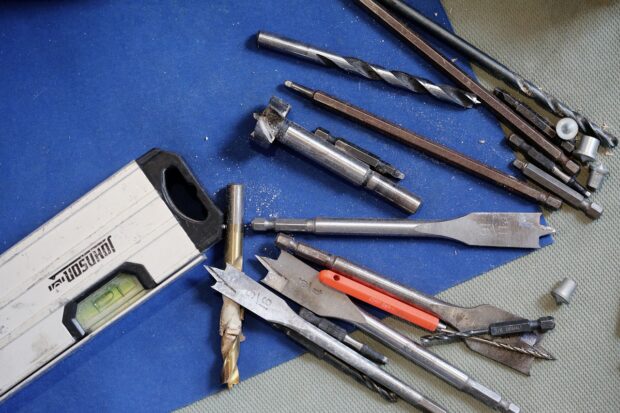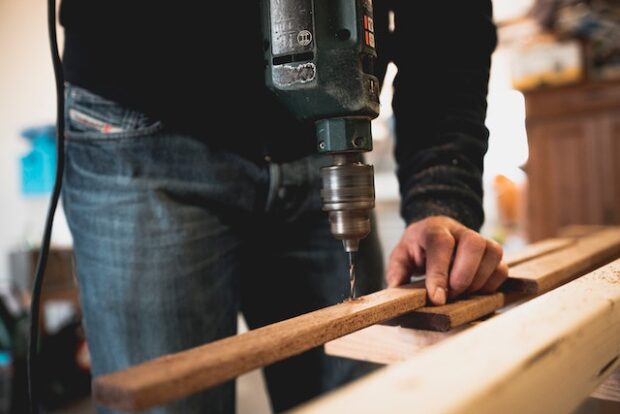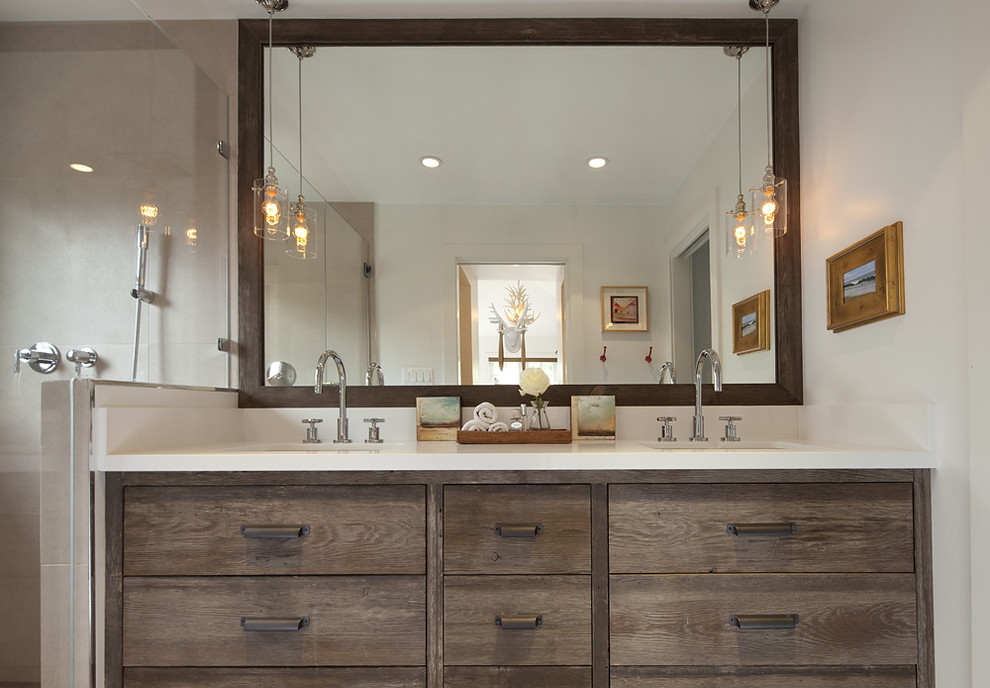Drilling holes is a crucial part of many projects, whether you are a professional contractor or a DIY enthusiast. However, Selecting the appropriate drill bit can be overwhelming, particularly for those who are new to drilling. There are different types of drill bits available in the market, and each one has its unique features and benefits. In this article, we will discuss how to choose the right drill bit for your project.
1- Understand the Basics
Before you start drilling, it’s important to understand the basics of drill bits. Drill bits come in different shapes and sizes, and each one is designed for specific materials and applications. The shank is the part of the drill bit that fits into the drill’s chuck. The body is part of the drill bit that does the drilling, and the tip is the pointy end that cuts into the material. The angle of the tip determines how the drill bit cuts and the material it’s made of determines its durability and strength.
2- Consider the Material
The material you’re drilling into plays a significant role in determining the right drill bit for your project. For example, if you’re drilling into wood, a brad point bit or a spade bit will work best. brad-point bits have a sharp tip that prevents the bit from wandering, while spade bits have a flat blade that cuts through wood quickly. On the other hand, if you’re drilling into metal, you’ll need a cobalt or titanium drill bit, as these are more durable and can handle the heat generated by drilling through metal.
3- Determine the Size
The drill bit size required is determined by the size of the hole that needs to be drilled. Drill bits come in a range of sizes, from 1/16 inch to 1 inch or more. If you’re unsure what size drill bit you need, it’s best to start with a smaller size and work your way up. You can always widen the hole with a larger drill bit if necessary.
4- Choose the Right Type
There are many different types of drill bits available at stores like ADA Fastfix, each with its unique features and benefits. Here are some of the most common types of drill bits and their applications:
- Twist Drill Bits: These are the most common type of drill bits, and they can be used to drill into a range of materials, including wood, metal, and plastic. They have a sharp point and spiral grooves that help remove the material as you drill.
- Brad Point Bits: These bits have a sharp point and are designed for drilling into wood. They’re ideal for creating clean, precise holes.
- Spade Bits: These bits have a flat blade and are designed for drilling larger holes in wood. They’re not as precise as Brad-point bits, but they’re faster.
- Forstner Bits: These bits are designed for drilling flat-bottomed holes in wood. They’re ideal for creating clean, precise holes for hinges and other hardware.
- Hole Saw Bits: These bits are designed for drilling larger holes in wood, plastic, and metal. They’re ideal for creating holes in pipes and electrical wires.
5- Consider the Chuck Type
The drill bit is secured in place by the chuck, which is a component of the drill. Different types of chucks are designed to hold different types of drill bits. For example, a keyless chuck is easy to use and can hold a range of drill bit sizes, while a keyed chuck is more secure and can hold larger drill bits.
Conclusion
Choosing the right drill bit for your project is essential to ensure a successful outcome. Before you start drilling, take the time to understand the basics of drill bits, consider the material you’re drilling into, determine the size of the hole you need to drill, choose the right type of drill bit, and consider the chuck type. By following these steps, you can select the appropriate drill bit for your project and achieve the desired results.

